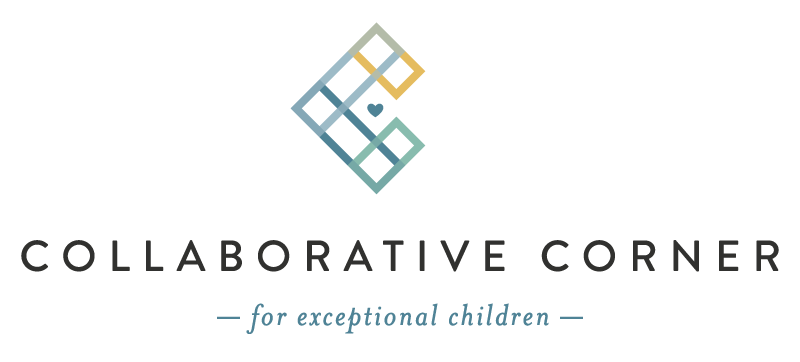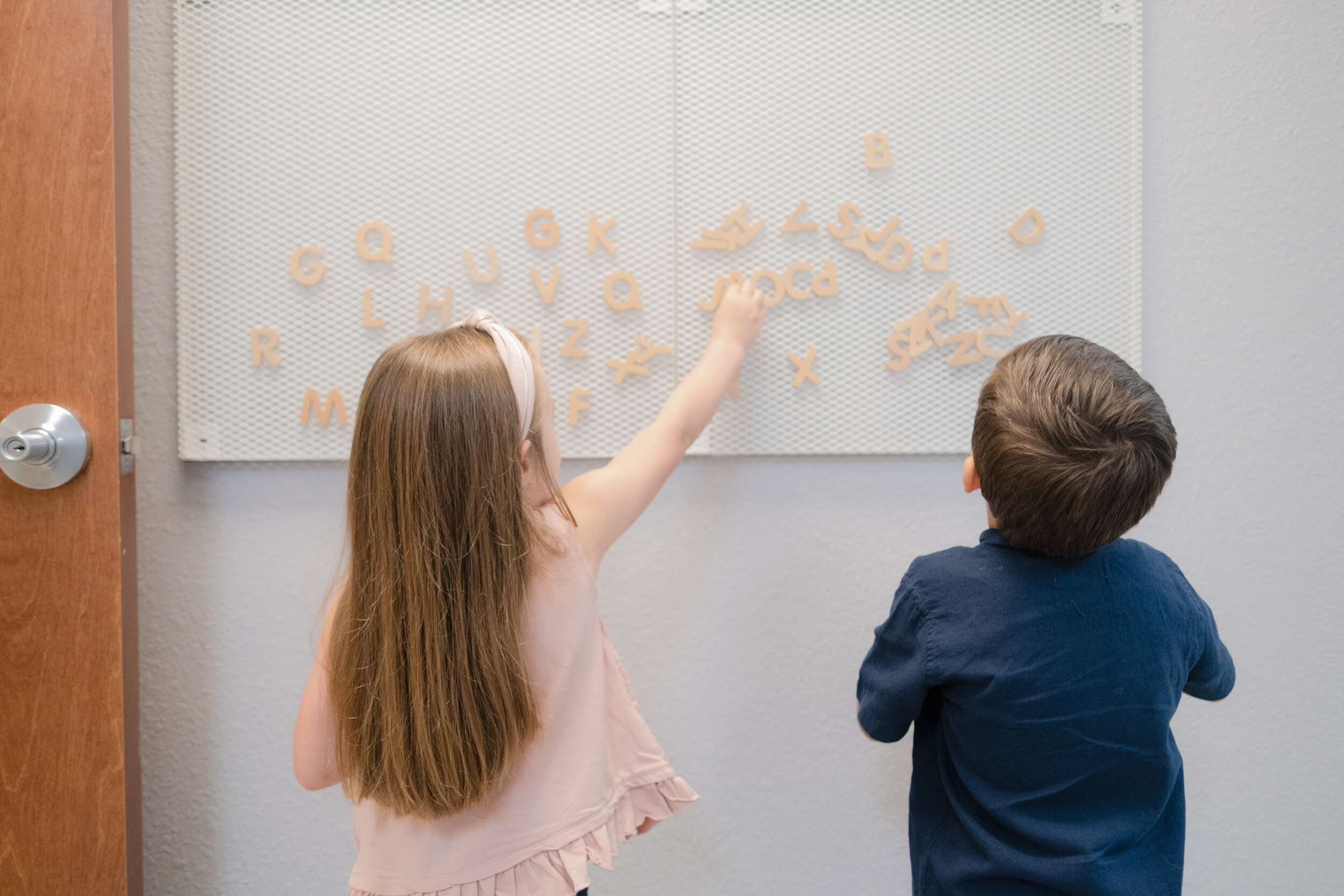Pre-K ESE vs. VPK: Understanding the Differences
If your child is recommended for a self-contained Pre-K ESE (Exceptional Student Education) classroom, you may be wondering how this type of class differs from a regular VPK (Voluntary Pre-K) classroom. You can view a comparison chart here between the two classroom settings as well as read the differences below:
Classroom Setting:
Pre-K ESE Classroom
Self-contained, meaning ALL students in the classroom have an IEP and identified areas of developmental delays. These classes are also known as “VE” (varying exceptionalities) classrooms because the needs of each student are unique and not restricted to one specific group. Can include students from ages 3-6 years old.
VPK Classroom
These students do not have an IEP (*unless it is a blended Pre-K classrom. See below for more information on this model.). The students are expected to perform all of the activities with the same level of independence. These students MUST be at least 4 years old on or before September 1st of the year that they attend.
Number of Students in Each Classroom:
Pre-K ESE Classroom
No set “cap” – the number of students in this type of class changes throughout the year as students are tested and qualify for services; in most cases, there is one teacher and one paraprofessional (assistant).
VPK Classroom
There is a limit to the number of students who can be in a VPK classroom. Depending on the individual class, there can be just one teacher, one teacher and one paraprofessional or two teachers and one paraprofessional (in the case of a blended pre-k).
Attendance:
Pre-K ESE Classroom
The number of days a student attends a Pre-K ESE classroom is based upon the individual child’s needs as determined through evaluations and their IEP; this could mean a student attends two full days per week, three full days per week, five full days per week or five half-days per week, depending on the individual county/school.
VPK Classroom
All students are required to attend five full days per week – this is to ensure the students are able to receive all of the instruction provided through the VPK curriculum.
Curriculum in the Classroom:
Pre-K ESE Classroom
There may or may not be a formal curriculum used in this type of classroom; the primary purpose for an ESE pre-k classroom is to address each student’s IEP goals to provide the individual support each child needs and narrow or close the learning gaps that have been identified. Teachers in a Pre-K ESE classroom structure their activities to address the students’ needs in the areas of curriculum and learning, social/emotional behavior, independent functioning and communication.
VPK Classroom
All VPK providers are required by the state to use a formal curriculum which has been chosen by the Florida Department of Education to address the Early Learning Standards. The specific curriculum used by a VPK program can vary among providers, but must be one that has been approved by the Early Learning Coalition.
Additional Therapy or School-Based Services:
Pre-K ESE Classroom:
School-based therapies are provided to those students who have been evaluated and qualify for them. These can include Occupational Therapy (OT), Physical Therapy (PT), Deaf or Hard of Hearing Services (DHH) or Speech/Language Services. ABA is not a service provided by the public school system in Pre-K ESE settings.
VPK Classroom
In general, students in a regular VPK classroom do not receive additional services/therapies at school. The exception to this would be a blended pre-k classroom.
Blended Pre-K Classrooms:
This is a “hybrid-model” where there is a mixture of students with identified developmental delays and neurotypical students who do not have an IEP.
There is a very limited number of these types of classes and there is very specific criteria that must be met for a child to qualify for this type of classroom. Not all schools/providers offer this type of setting.
This model typically consists of two teachers, one being a VPK-certified teacher and one being an ESE-certified teacher (which requires a college degree in education) as well as one paraprofessional (assistant). This can vary based on individual schools/providers.
In these classrooms, the ESE teacher provides support for the student’s IEP goals, but the child is also exposed to the VPK curriculum (and must, therefore, be able to keep up with the expected learning pace).
To attend a blended pre-k classroom, the student must be able to follow all expected rules and routines with minimal support – students who are not mostly independent in age-appropriate skills or who have disruptive behaviors that interfere with other students’ learning may not be considered eligible for this model.
Potty training may be a requirement for this type of classroom – while this can vary from place to place, it is generally expected that these students be independent with toileting because there is a larger number of students in the class and the adults are not always available to help due to their instructional duties.
This type of classroom is ideal for students who have most of the skills necessary to succeed in a general education Kindergarten classroom, but may need some additional support to close some learning gaps.
Info@collaborativecorner.org

